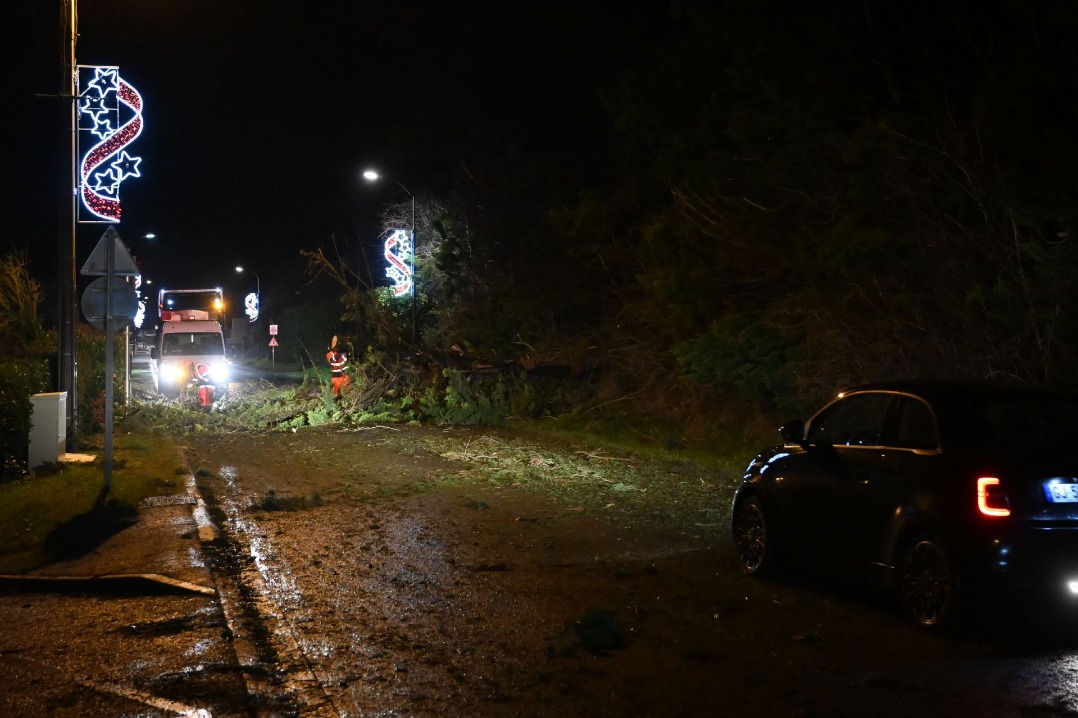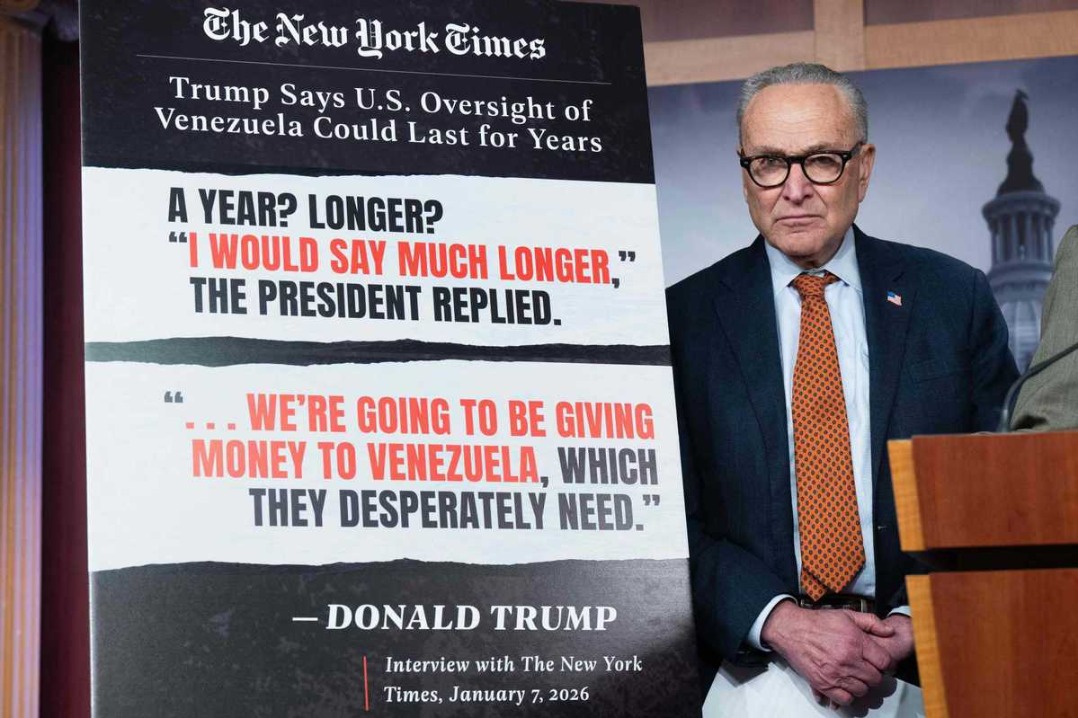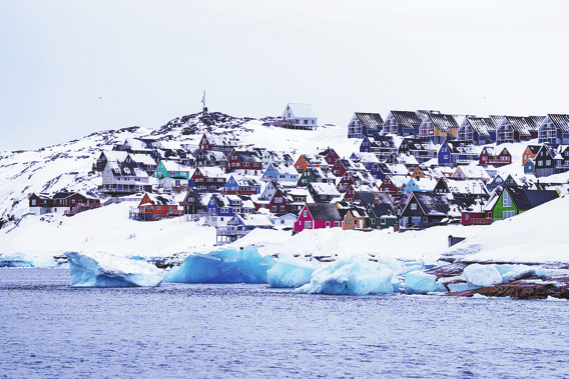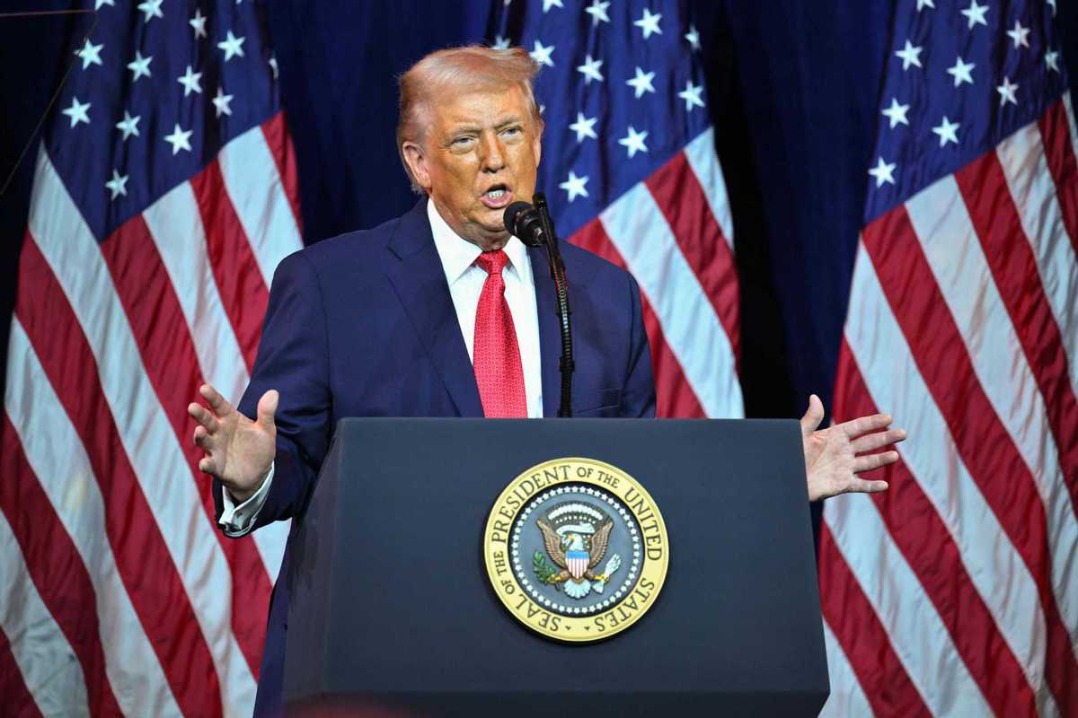The Western media's China COVID-19 reporting cover-up





China is opening up and optimizing its COVID-19 measures, but three years on, the Western media's obsession with misrepresenting China's COVID situation isn't going away.
Like a jealous ex-partner, obsessed and intent on destroying the reputation of their former paramour by any means possible, many in the Western media are going to painful and nonsensical lengths to misrepresent China to their audiences.
Deceptive satellite images
In early January, a pack of Western media outlets turned to satellite images to claim China's funeral homes had been overwhelmed. To find out the real situation on the ground, China Daily Media Unlocked went to one of the biggest crematoriums in Beijing, the same as CNN visited in January.
Not satisfying with the distortions in her reporting on the ground, CNN's China reporter Selina Wang used satellite images of a new parking lot as "evidence" of a spike in COVID-19 deaths. However, the crematorium staff told China Daily the lot was built because new facilities took over the old space in preparation for a large spike in COVID-19 deaths. A spike that when it came was far less than expected. A staff member told China Daily the new facilities were never actually used during the most recent wave of COVID-19 infections in late December early January.
The Western media however produced countless morbid reports speculating with fervor on how many people may die from COVID-19 in China, using the same satellite images of a car park as "proof".
The satellite images first appeared as an exclusive in the Washington Post on Jan 9. Three days later, CBS, CNN, NBC and Time all followed suit, citing the same images from the same satellite company. Apart from the mainstream Western corporate media, CNN-News 18, major disinformation outlets for the Indian government, also jumped on the bandwagon.
"Using satellite images is just another propaganda technique. It started with the accusations of genocide of Uygurs in Xinjiang, which turn out to be satellite images of apartment complexes and schools. Now, they're trying to paint China in a negative light with satellite images of crematoriums," said Mario Cavolo, writer and communications specialist at the Center for China and Globalization.
The satellite image providers, Maxar Technologies and Planet Labs, have been exposed as having provided incorrect or at least misleading information to media outlets many times. In 2021, The Washington Post had an exclusive report on China purporting to show a satellite image of more than 100 missile silos, which was provided by the Planet Labs. After verification, the images turned out to be a wind farm.
Baseless 'evidence' of rural deaths
In a story in late January, the BBC went to northern Shanxi province, claiming Spring Festival gatherings had brought a considerable death toll to China's rural areas. We revisited the same people the BBC talked to and their testimonies showed the extent of the exaggeration and misrepresentation the Western media will go to, to mislead their audience.
Wang Peiwei lost his sister-in-law to COVID-19. He was featured in BBC's China reporter Stephen McDonell's story, but he did not expect that his words to the BBC would be twisted into meaning something else. He told Media Unlocked, the BBC reporter had asked him about how the funeral was carried out in the village. He wasn't aware that the journalist was going to use his sister-in-law's death as "evidence" of a spike in China's COVID-19 death toll.
The place where the BBC reporter picked to report from is also very interesting. Beihu village, in the northern part of Shanxi province, is famous for making funeral ornaments and has a whole industry based around them. It is a smart choice for creating a dishonest visual representation.
In the nearby Paochi village, village doctor Dong Dong Yongming also featured in the BBC report. "The BBC lied," he said, after he was shown the BBC's final report. "We sell medicine according to people's need, because we are a clinic. We do it all the time, we do not lack medicines. Like domperidone, there are 42 pills in one box, but to take a whole box for just one pill each time is wasteful, if you sell the whole box to one person." Dong told us villagers are able to get ibuprofen for free provided by the local government.
When asked about the COVID deaths in the village, Dong showed us a sheet tallying all the names of those who have died. Nine people died this winter. In the past, the average was about five. The average number deaths in the village annually is about 25-30. This year is was around 30.
In nearby Buluo village, we found that the BBC even overdubbed the villagers responses and altered what they were actually saying in their reports. Coffins sold out quickly in January, but for reasons that differ from what the BBC claimed. Fewer coffins had been made because many workers had been infected and so were recovering at home, one coffin-maker said.
Cherry-picked CNN interviews
Media Unlocked conducted a statistical analysis of CNN's COVID-related reports from Dec 1, 2019 to Jan 31, 2023 and found some interesting results. In CNN's reports on the epidemic, there were 11,629 that mentioned US medical expert Anthony Fauci. Meanwhile, Chinese experts were mentioned a small few times in their reporting on the COVID situation in China. There were 155 reports mentioning Zhong Nanshan, 65 reports mentioning Sun Chunlan, and 34 reports mentioning Wu Zunyou, and 29 reports mentioning Zhang Wenhong is only 29. All of these key players in China's COVID response put together, received just 2 percent of the mentions Fauci received.
In Sept 2022, CNN business reporter Laura He wrote a series of articles saying that China was facing an unemployment crisis and that its economy was in "bad shape". Her reason for these assessments were that they had been caused by China's strict COVID control measures.
But after China lifted its restrictions, she suddenly suggested opening up could "cause more headaches".
"The only country that had positive GDP in the whole wide world during lockdowns was China. When we look at what happened since opening, we have pent up demand. During the Spring festival holiday China had the record-breaking box office," Cavolo said.
China can't do anything right according to the repetitive reporters in the Western media.
First it was doing too little to address COVID-19, then it was doing too much and needed to reopen, and now it's wrong to open up as it is. But if you look at things objectively, and take off those blood-tinged Western spectacles, is all their criticism really warranted?





























